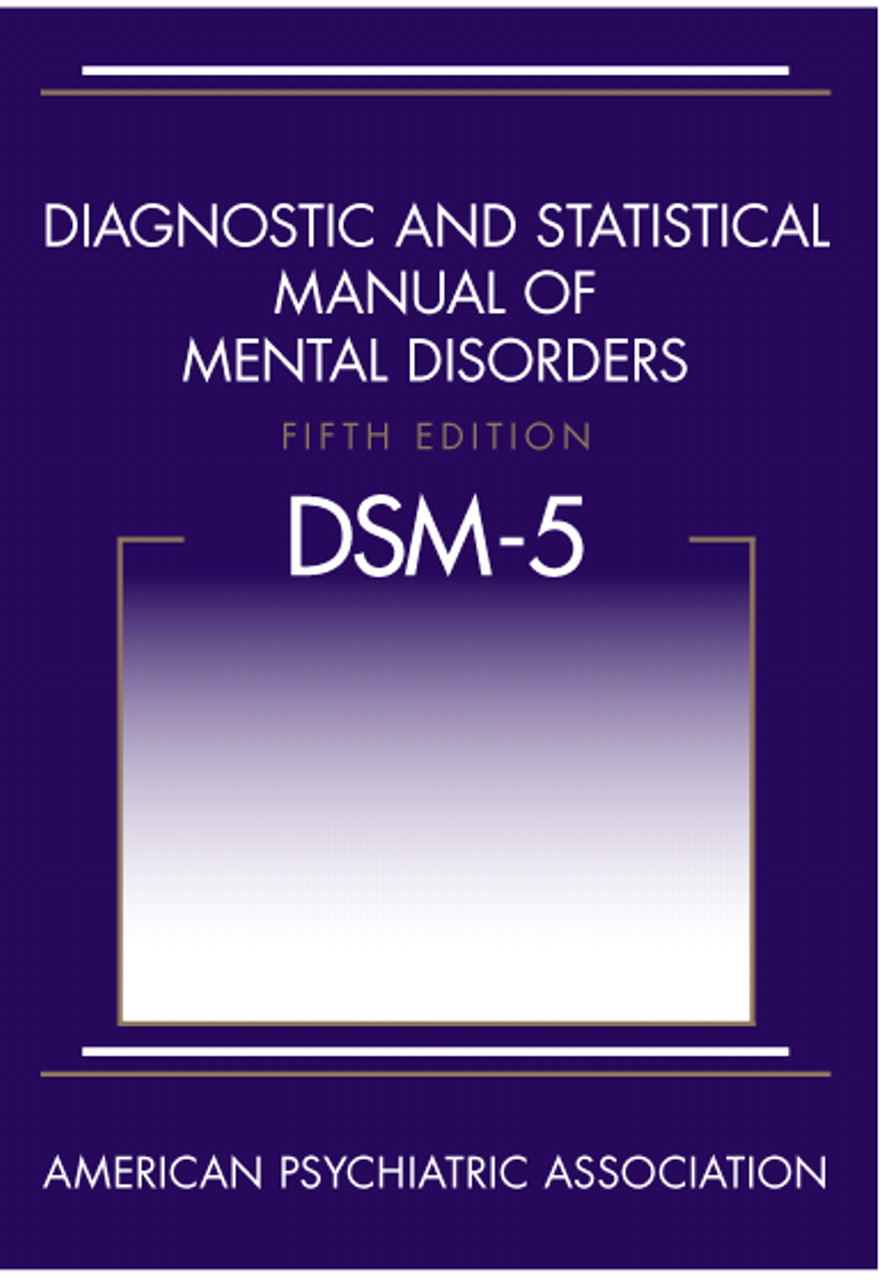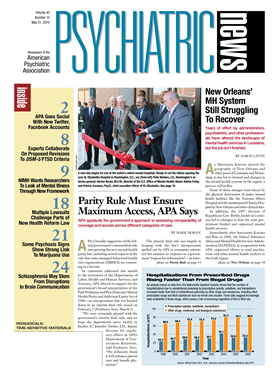To develop the preliminary proposed posttraumatic stress disorder (PTSD) criteria that were posted online for public comment until April 20, the PTSD, Trauma, and Dissociative Disorders Sub-Work Group of the Anxiety Disorders Work Group for DSM-5 sought input from a wide variety of advisors and experts. We encouraged two professional societies, the International Society for Traumatic Stress Studies and the Anxiety Disorders Association of America, to provide feedback from their members through symposia, panel discussions, and workshops convened at their annual meetings. In addition, approximately 50 PTSD experts were surveyed regarding their opinions on key issues such as Criterion A, the latent structure of PTSD, acute stress disorder (ASD), disorders of extreme stress not otherwise specified (DESNOS)/complex PTSD, and developmental, cultural, and forensic issues.
The sub-work group undertook a number of comprehensive reviews of the empirical literature and discussed and debated them during twice-monthly two-hour teleconferences and several face-to-face meetings. Guest experts were often invited to participate in those discussions and to submit papers, data, or new data analyses to support their positions. The sub-work group collaborated with the Childhood and Adolescent Disorders Work Group to produce developmentally sensitive diagnostic criteria. It has also addressed cross-cultural issues related to PTSD.
Finally, the sub-work group addressed forensic issues, particularly the current A1 Criterion (identifying events that are considered “traumatic”), which some consider to be too broad, ambiguous, and easily manipulated in courtroom proceedings and disability claims.
The most controversial aspect of the DSM-IV A1 Criterion is “learning about” the traumatic exposure of a close friend or loved one. Some have recommended elimination of this part of the criterion because, they argue, it opens the door too wide for qualifying traumatic events. However, there is good evidence that PTSD does occur among people who have learned about the homicide, gruesome death, grotesque details of rape, genocide, or violent abuse of a loved one. As a result, our proposed DSM-5 A Criterion retains the “learned about” category but has attempted to narrow the list of qualifying events to reduce ambiguity and forensic misrepresentations.
The A2 Criterion (responding to an A1 event with fear, helplessness, or horror) has been eliminated because it has failed to predict PTSD onset, substantially restrict the number of cases meeting the A Criterion, or exhibit any clinical utility.
We have divided the C Criterion (avoidance/numbing) into two distinct clusters since the vast majority of confirmatory factor-analysis studies indicate that avoidance and numbing are quite distinct from one another. The avoidance (C1 and C2) criteria have been retained unchanged, while the erstwhile numbing criteria have been somewhat reconceptualized and placed in a new cluster that we have named “negative cognitions and mood.”
This proposed new cluster also encompasses the nonfear, dysphoric mood states associated with PTSD such as guilt, shame, anger, and disgust. It also encompasses negative cognitions that constitute target symptoms in PTSD therapy such as self-blame and persistent negative expectations about oneself and the future. One newly proposed negative cognition about the future (for example “foreshortened future”) that comes from cross-cultural research on trauma-related beliefs among Latinos and Southeast Asians is “my soul is gone forever” and “my nervous system is completely ruined.”
The C4 Criterion (hyperarousal and reactivity) includes behavioral and emotional indices of excessive arousal and reactivity such as aggressive, reckless, and self-destructive behavior (along with insomnia, hypervigilance, startle, and cognitive impairment).
The next step for the sub-work group includes careful review of the public comments on these proposed criteria. In addition, we are designing an Internet survey that we hope will let us see how our proposed criteria compare with DSM-IV. Respondents who endorse DSM-IV PTSD symptoms will be asked to let us know which of the proposed DSM-5 symptoms they also endorse. This will enable us to learn how the new criteria compare with the old with regard to symptom expression, what diagnostic thresholds seem to be most appropriate, and how current PTSD prevalence rates might be affected by the new criteria. The survey will also help us to learn which items seem redundant and which potentially traumatic events are most likely to lead to endorsement of other PTSD symptoms. Finally, we are preparing for a field trial that will assess the utility of proposed PTSD criteria for children and adolescents, as well as for adults.
In addition to PTSD, the sub-work group has proposed revised diagnostic criteria for ASD, adjustment disorders, and dissociative disorders (for example proposing that dissociative fugue become a subtype of dissociative amnesia). Finally, we are considering several diagnoses that do not appear in DSM-IV. These include DESNOS, prolonged/complicated grief, and developmental trauma disorder.
As you can see, there is plenty for the sub-work group to consider. We are working hard to get it right and hope that you will be pleased with our final proposal.


